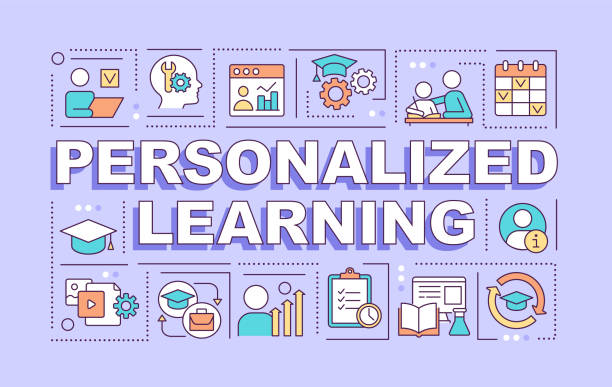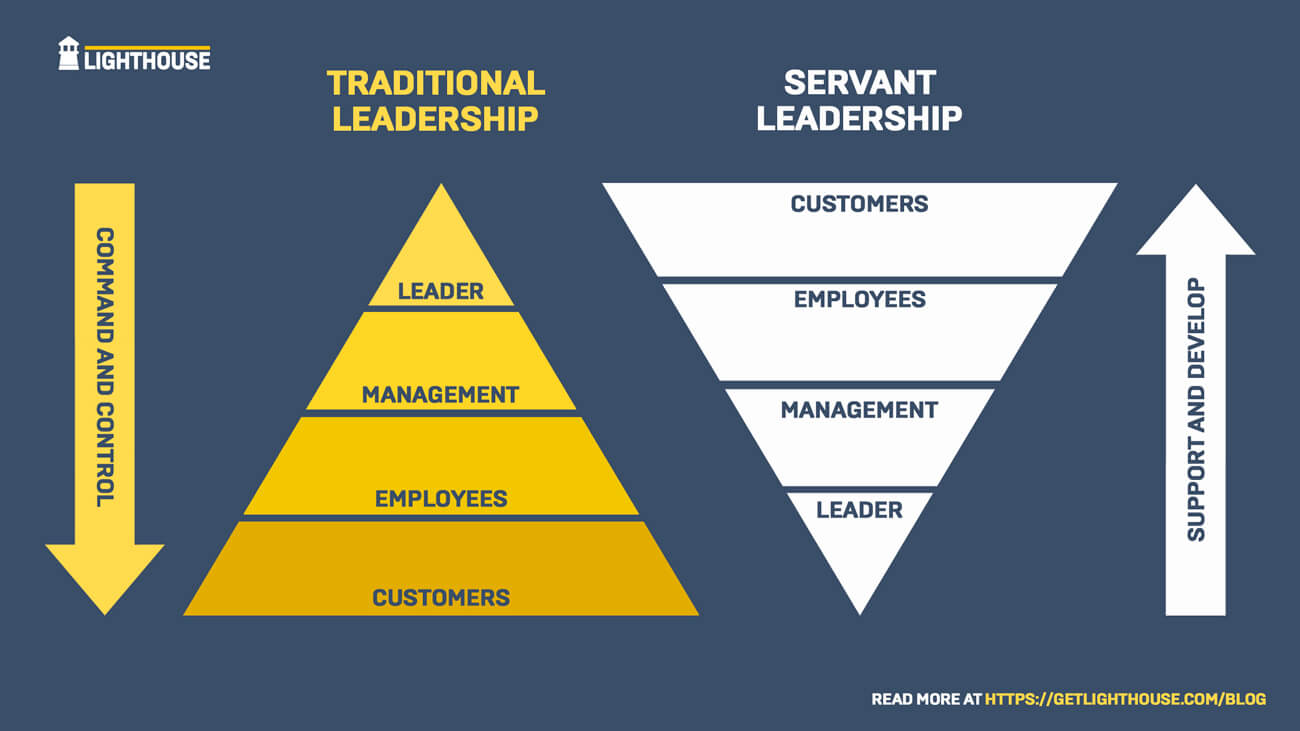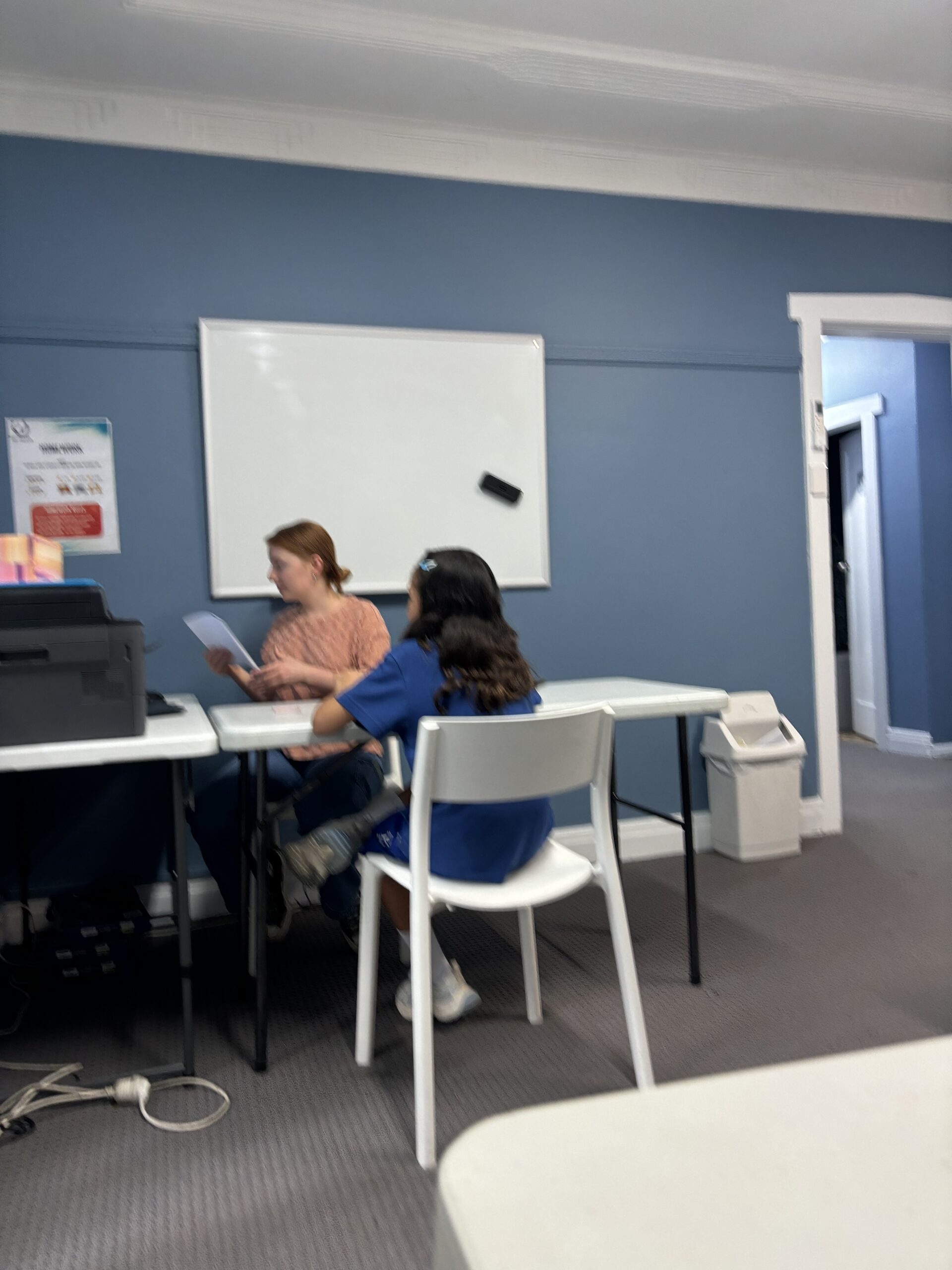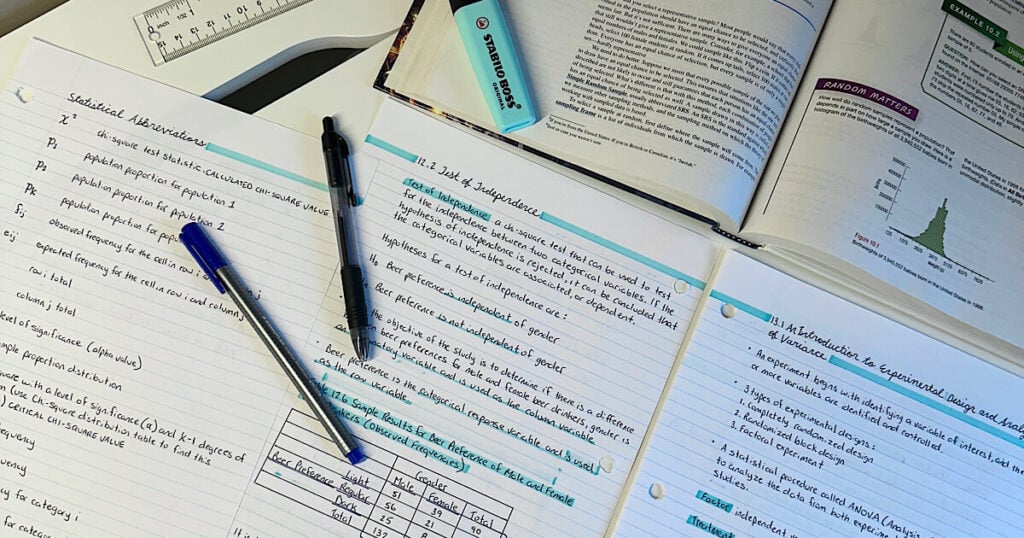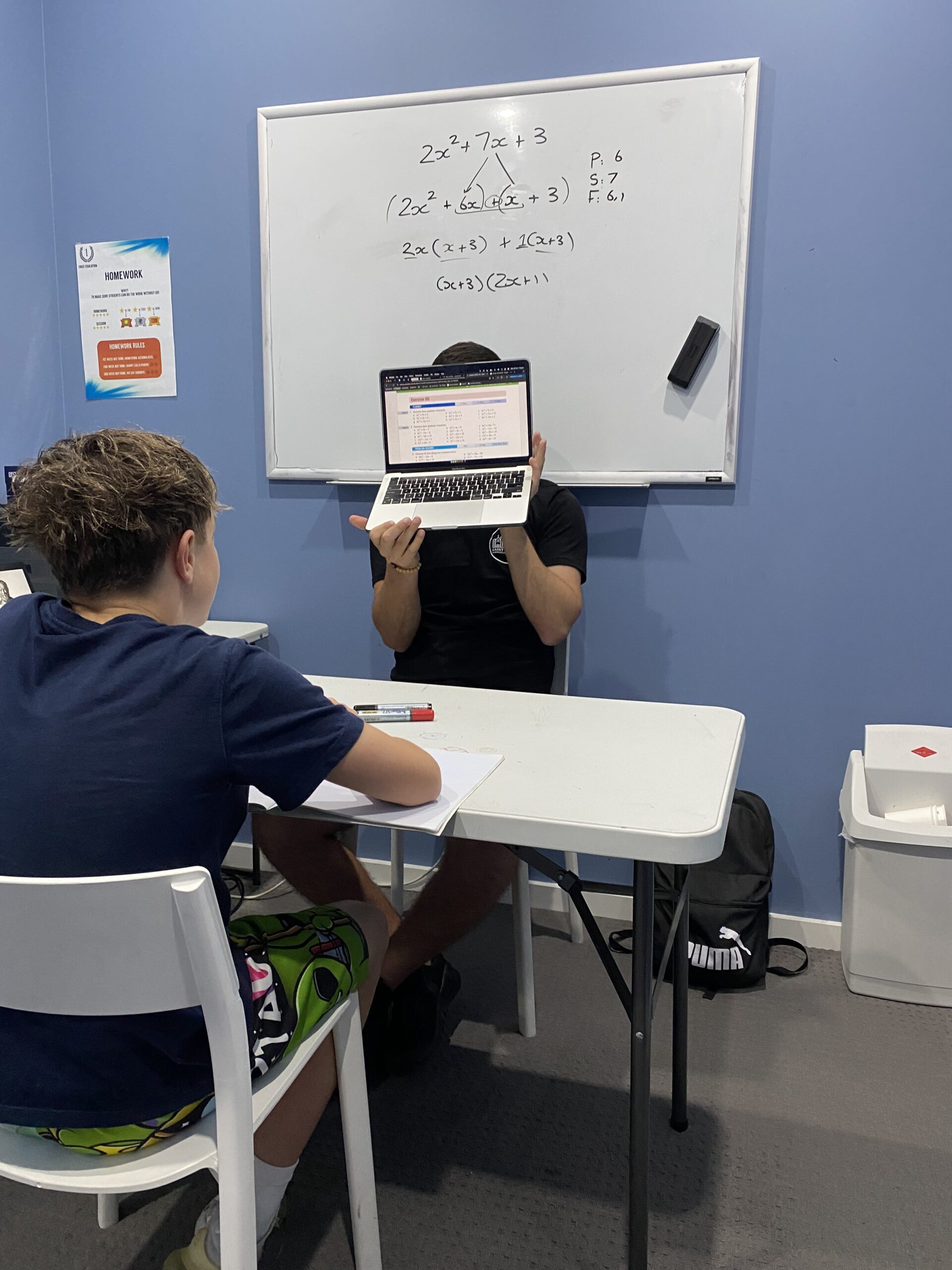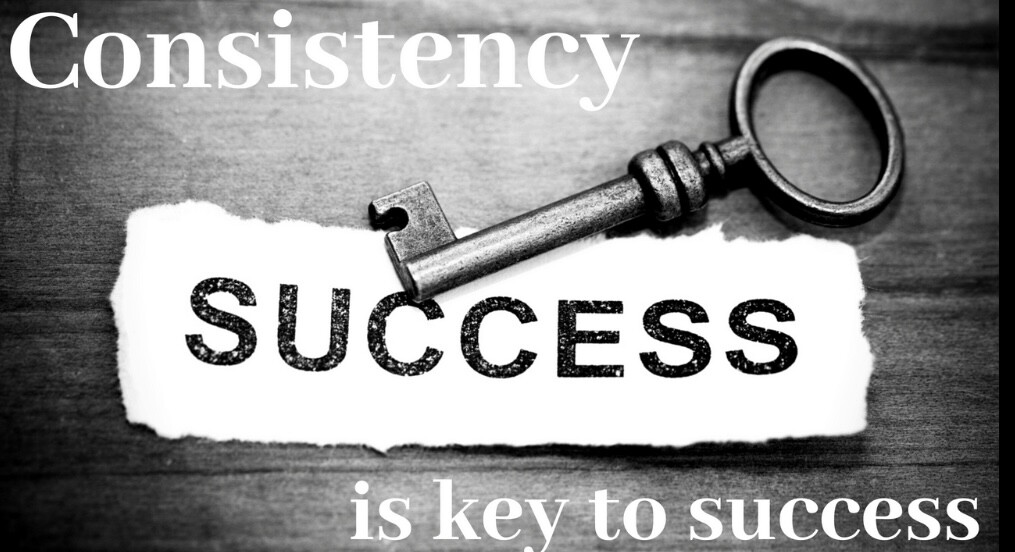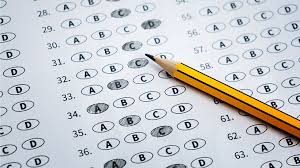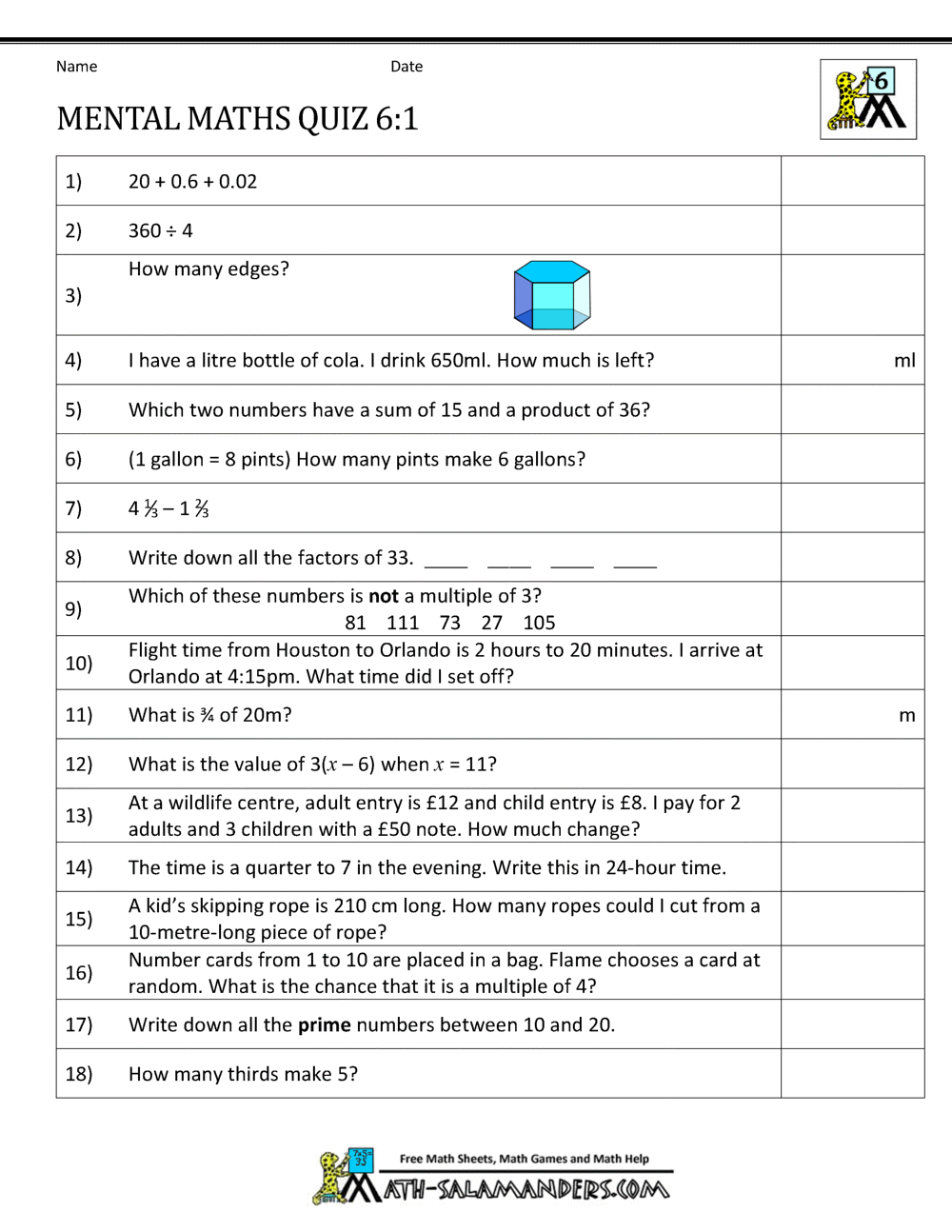
Many student use the phrase “I hate maths”. This can be one of the most harmful things a maths student can say. The power of mindset is something underestimated by most and the statement “I hate maths” is something that many students say absent mindedly without knowing the implecations. When a student says this they often are simply stuggeling with the subject thus making their experience negative, but by saying this they are only making it harder. Their mentality shifts from I am stuggling and need to work on it to I don’t like it and don’t want to try. This lack of effort often creates a cycle and pattern of students who have convinced themselves they don’t like maths and then stop putting in effort which causes them to struggle more and dislike the subject more. This can become extremely disheartening for a student and can cause them to fall behind further.
By changing their mindset it can unlock many oportunities for growth, with students learning that it’s okay to stuggle and need help. I have had students begin tutoring with this hatred for maths and as they improve and begin consistently getting questions correct they have realised they never hated maths, they hated struggling in the subject which is something universal. This shift in mindset can take time and effort, but this change can be key for motivating students to improve rather than struggle and live with the notion that maths isn’t for them. With the correct support and guidence I believe everyone can love maths.
Olivia Moustakis


